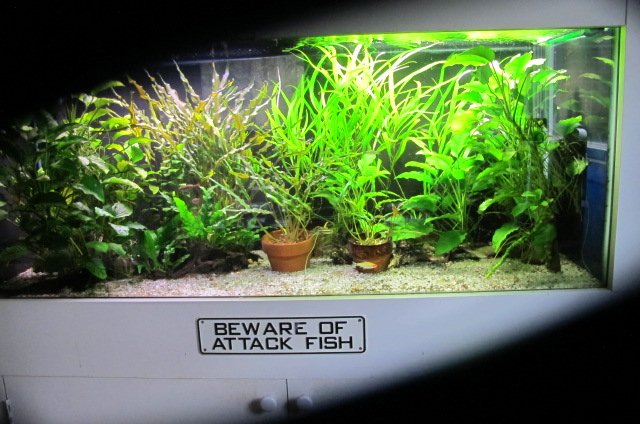Ok, so we all know what an undergravel filter is, and how it works, right? Right.
So I have had this crazy idea about my undergravel filter. I have a 75 gallon freshwater tank.
So what I was think was lining the bare bottom (thinking I need a thin piece of filter batting to keep the ceramic off the glass) of the tank with ceramic bio media. Something like the rectangular stuff you put in your canister filter or HOB filter. Then, directly on top of the bio media, place my UGF plate and cover with substrate. Then, I was also thinking of using a power head, instead of the air pump and stone, to circulate the water.
My line of thinking in doing this is to exponentially increase the available surface area for bacteria. What do y'all think?
So I have had this crazy idea about my undergravel filter. I have a 75 gallon freshwater tank.
So what I was think was lining the bare bottom (thinking I need a thin piece of filter batting to keep the ceramic off the glass) of the tank with ceramic bio media. Something like the rectangular stuff you put in your canister filter or HOB filter. Then, directly on top of the bio media, place my UGF plate and cover with substrate. Then, I was also thinking of using a power head, instead of the air pump and stone, to circulate the water.
My line of thinking in doing this is to exponentially increase the available surface area for bacteria. What do y'all think?



